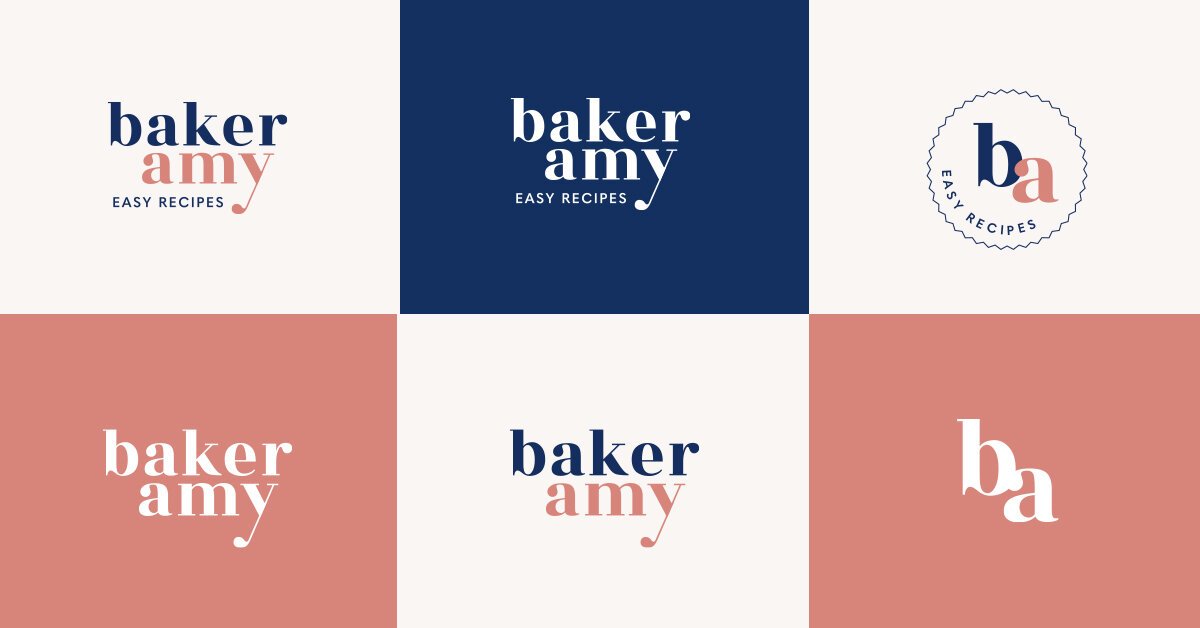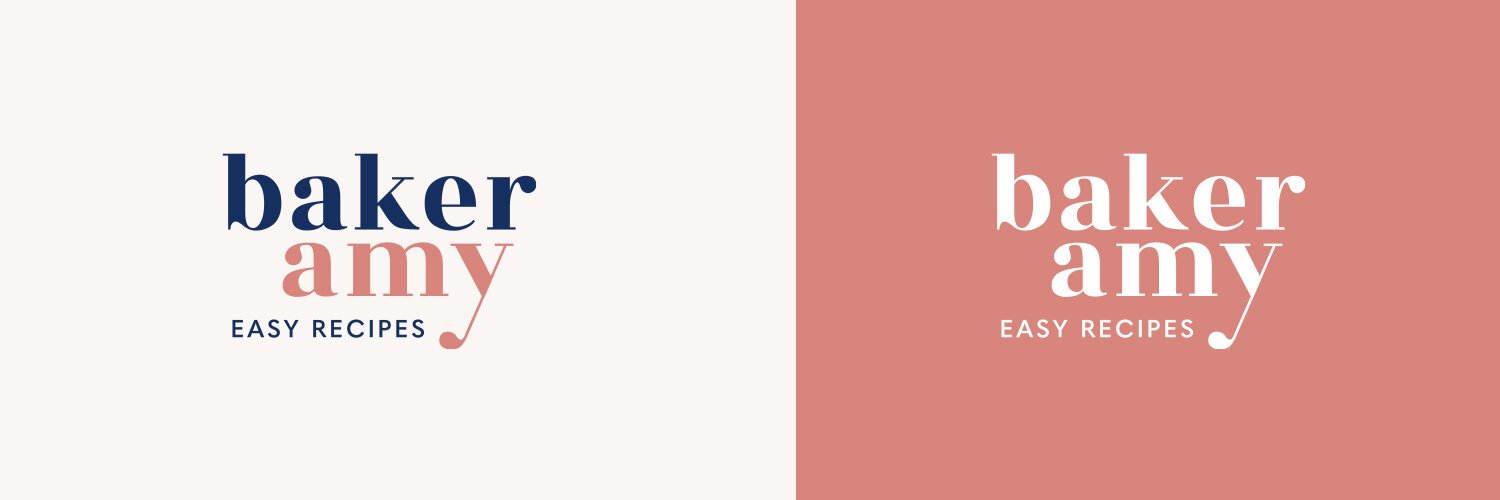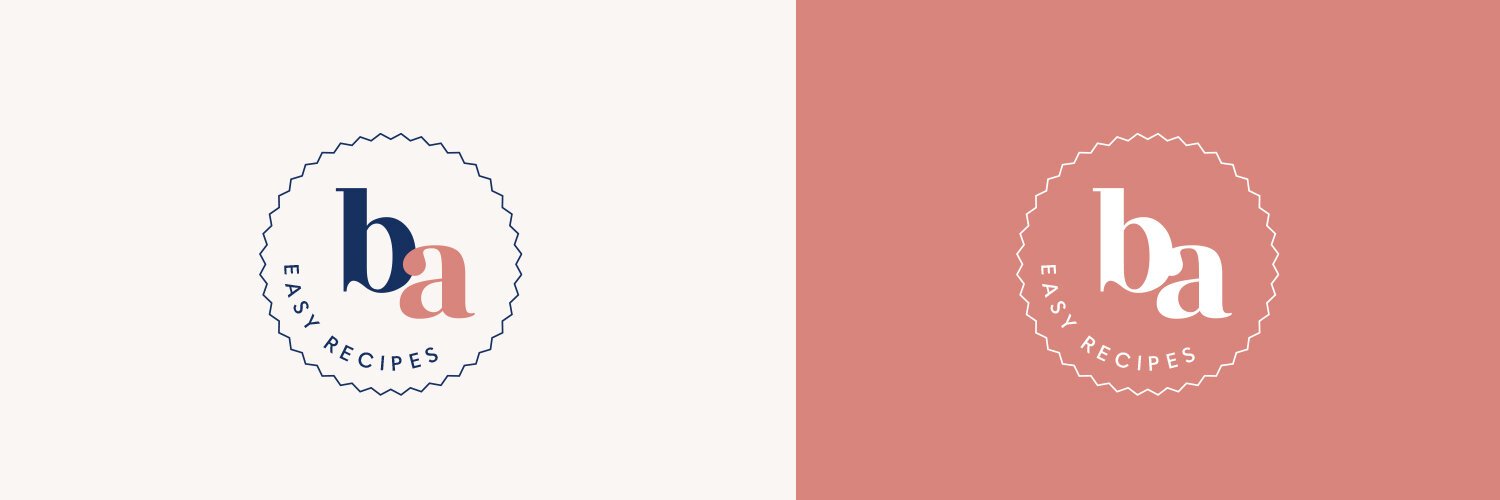How many logo variations does your small business need?
When you work with a designer to create your logo and brand style guide, you can expect to receive logo variations. You’ve likely been researching and collecting information about the cost of branding and what’s included in the branding package over the internet. Depending on the cost of the brand design package that you select, you may get a primary logo, a secondary logo, or even more variations. But you may be wondering why you need all of these logo variations? These variations are an essential part of building your visual brand identity. But what are logo variations and when do you need to use them?
In this article, I am writing about logo variations and why you need them for your small business.
What are logo variations?
In simple terms, logo variations are different versions of your logo. The style used for each variation is similar to the original. In fact, the more similar the logo variations are to the original, the better it is for your small business. Why? It’s easier to remember and recall when every time people see your logo.
For example, some versions are more horizontal while others are stacked or have a more vertical arrangement. You will find that each variation is useful for different situations, which we’ll take a closer look at below.
4 common types of logo variations
Although the following four logo variations are common, they are not always necessary for every business. How many variations you need will depend primarily on where they will be displayed and your type of business. Some businesses will require more than four logo variations to work on different platforms. Others may only use one or two.
1. Primary logo
Your business is typically identified by your primary logo. This is the main symbol that represents your business. Your primary logo usually consists of both text and an icon. Some companies may even include their tagline. Your primary logo is usually featured on your website as well as some of your marketing collateral such as brochures and online ads. The primary logo is usually the one that designers will create first.
When I’m working on the primary logo with clients, I’ll first show them a few logo design ideas. Once we narrow them down to a design idea, I’ll refine the design and develop their primary logo.
Example of Primary Logo:
2. Secondary logo
Once a primary logo is approved, I will start designing a secondary logo. The secondary logo is a variation of your primary logo. It rearranges elements from the primary logo to create a new version with a different composition.
Example of Secondary Logo:
3. Submark
A submark is a smaller and less complex logo variation. It can be as simple as just the company initials or the brand icon, but that’s not always the case. These types of logo variations are frequently used when a very small logo is called for and in circumstances where the primary logo would become illegible. For that reason, submarks are usually either circular or square-shaped. You will find submarks used in footers, social media profile pictures, as well as watermarks.
However, there is no restriction about the style. It’s depending on your business needs. A designer will give you a suggestion.
Example of Submark:
4. Favicon
A favicon is a simple, miniature version of your logo that can be found in the browser tab next to your website title. This logo variation typically consists of just the icon from your primary logo since it’s so small.
Example of Favicon:
How many logo variations do you need?
When I work on brand design with my clients, I spend a lot of time developing the primary logo. This is the most important symbol of your business, and it will be the version that you will use most of the time. Once a primary logo is established it’s easier to develop the different variations of your logo.
These four different types of logo variations will give your brand a professional appearance and you will find them useful in different situations.
In addition to these four logo variations, you may also want to consider color variations for greater versatility. Basic color variations would include a full-color logo as well as a black and white version.
With all of the logo variations available, it’s important to keep in mind that if you are on a limited budget right now or you’re not planning on scaling your business up anytime soon, you can get by with just a primary logo and another logo variation ( a smaller and less complex logo ). Once you are ready to expand your business, you can always hire a designer to develop the logo variations based on your primary logo.
Conclusion
I hope this article helps you to understand the different types of logo variations and when they might be useful. Every business is different, so it’s always better to communicate closely with the designer whom you are going to work with. She can give you a better idea of what variations would best meet your needs while considering your budget. Remember, the more logo variations you request, the more the cost will rise. Make sure to consider where the variations will be featured so you can have a better idea of how many variations you’ll need.
To create a strong visual brand, you need to start with a solid foundation. Please feel free to download my Brand Clarity Workbook to get clarity on your brand before creating your visual elements.
Any questions or thoughts? Please leave a comment below.






